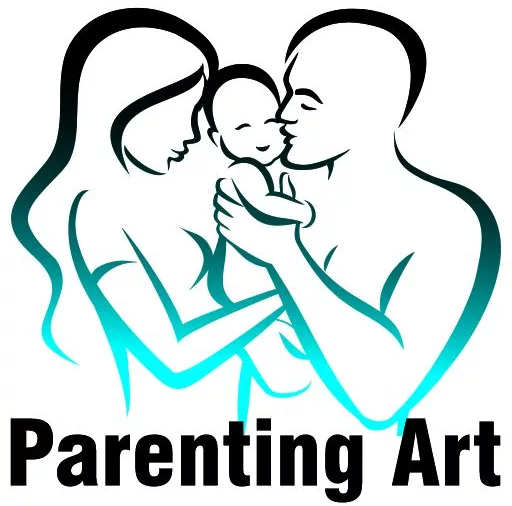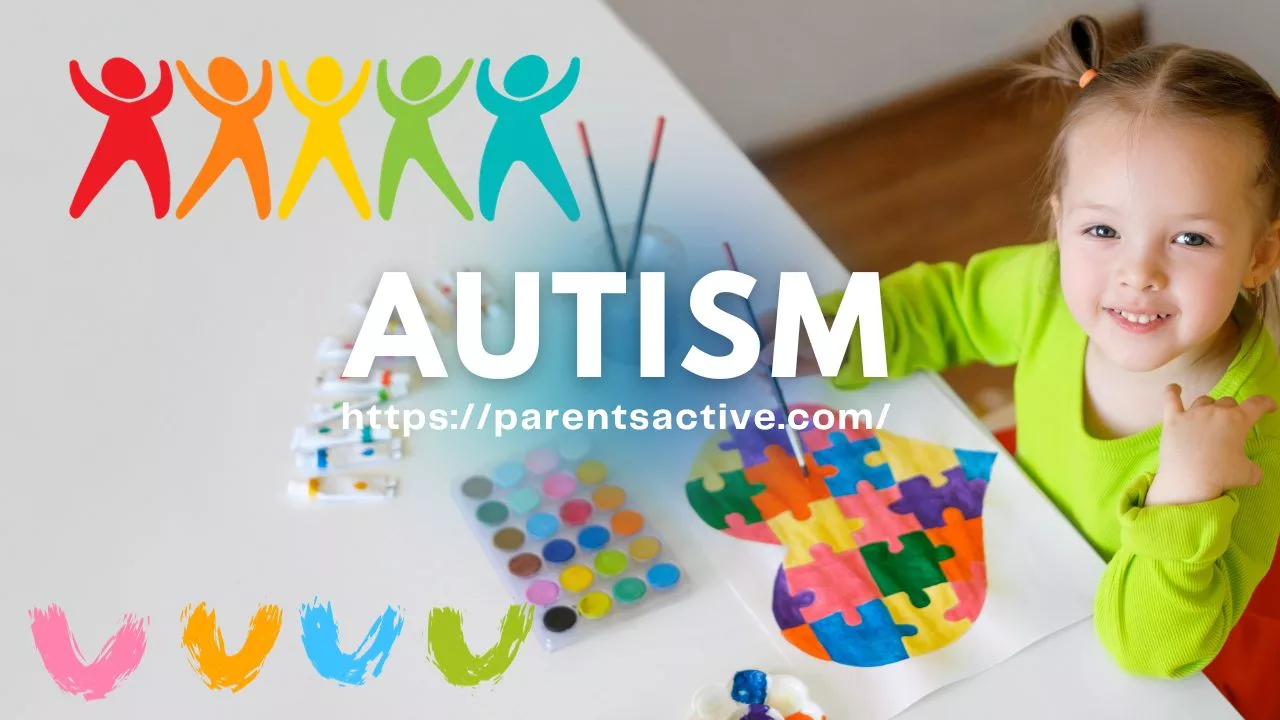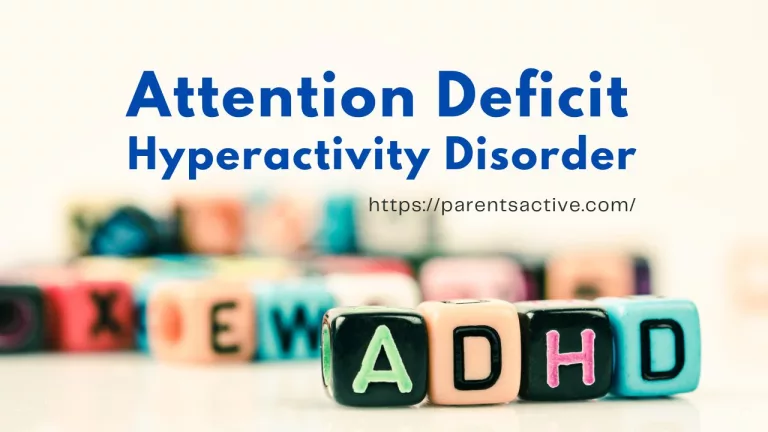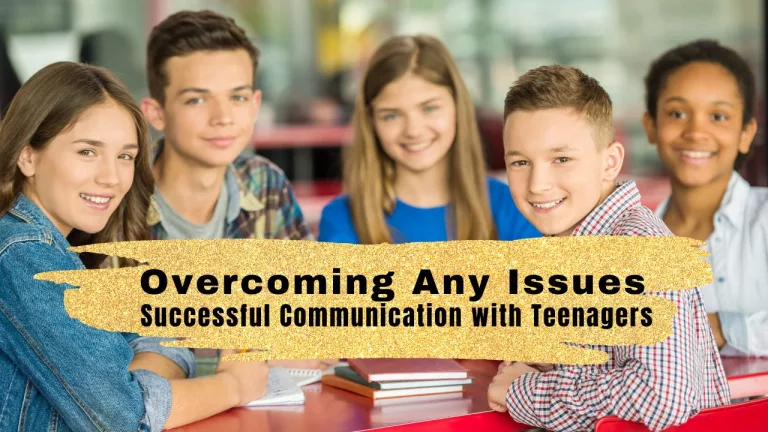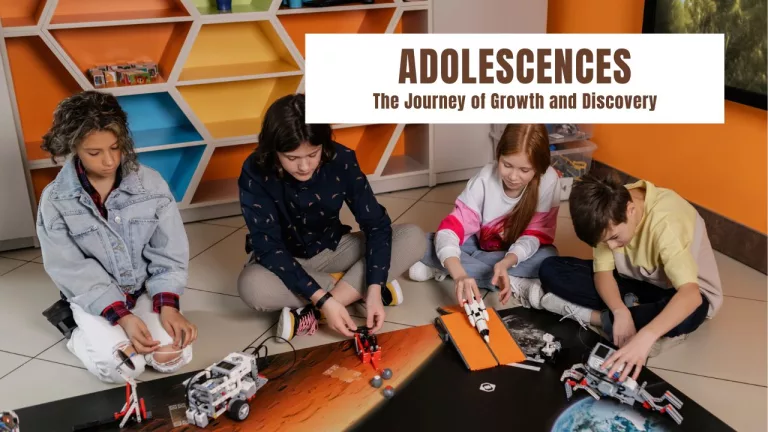Autism (Unraveling the Spectrum)
Autism Unraveling the spectrum is a journey in the depth of autism seeking to understands, appreciate and navigating the myriad ways in which this condition manifests.
Autism spectrum disorder (ASD) is not singular entity but a spectrum of differences encompassing a diver’s range of challenges, idiosyncrasies and strengths.

In the vast needlepoint of human assortment, the spectrum of neurodevelopmental conditions paints an exceptional and complicated representation.
Summary
Autism Spectrum Disorder (ASD) is a complex neurodevelopmental condition characterized by challenges in social interaction, communication, and behavior. The term “spectrum” acknowledges the wide variability in how ASD manifests, with individuals exhibiting unique strengths and difficulties. Common symptoms include difficulties in social interactions, communication delays, repetitive behaviors, restricted interests, and sensory sensitivities.
Each individual touched by Unraveling the spectrum brings forth a distinctive set of abilities and perspective, challenging conventional customs and expanding our understanding of what it means to be neurodivergent.
Who exhibit exceptional talents and intense focus to those who may face significant communication barriers, every individual with it presents a unique story waiting to be understand.
Who exhibit exceptional talents and intense focus to those who may face significant communication barriers, every individual with Unraveling the spectrum presents a unique story waiting to be understand.
Living with autism, illuminating the nuanced realities such as stereotypes dispelling myths. Aim to shed light on the challenges faced by individuals on the spectrum, celebrate their strengths and advocate for a world where can thrive and contribute meaningfully.
Unraveling the spectrum is a concept that encapsulates the exploration and understanding and celebration of Unraveling the spectrum.
ASD is a neurodevelopmental disorder characterized by a range of challenges and related to social interaction repetitive behaviors and communication.
It’s often referring to as a spectrum because it encompasses a broad and diverse range of manifestation. Individuals with ASD may vary significantly in their abilities, challenges and strengths.
Key Elements of Autism
Unraveling the spectrum is a complex neurodevelopmental condition. The key element of it encompasses a variety of characteristics.
Here are some key elements of it:
- Social communication challenges: difficulty with social interaction, understanding and interpreting nonverbal cues (such as facial expression and body language). Challenges in developing and maintaining relationship.
- Repetitive behaviors and interests: often toexclusion of other activities or topics, engagement in repetitive movements or behaviors such as hand flapping, rocking and repeating phrases.
- Communication differences: using verbal and nonverbal communication such as gestures and facial expressions. Delay or lack of development in spoken English.
- Sensory sensitivities: overreaction and underreaction to sensory input, leading to behaviors like covering ears, avoiding certain textures and seeking sensory stimulation.
- Difficulty with transition and changes: challenges adopting new situation or unexcepted changes. Often leading to distress and change in routines or environment.
- Strength and special talent: It have challenges unique strength and talent such as attention to details, exceptional memory or proficiency in specific areas like mathematics, music or art.
- Different learning styles: inconsistency in learning styles and preferences, facing challenges in others, individuals may excel in specific areas like academic area etc.
- Co-occurring conditions: many autisms with individuals may also have co-occurring conditions such as ADHD, depression, anxiety intellectual disabilities.
10 Symptoms
It’s important to note that neurodevelopmental condition that can manifest in a variation of ways that the symptoms and severity of it can vary widely from person to person.
Each person with ASD is unique, there are common symptoms that provide a framework for diagnoses and understanding.
Identifying and understanding these symptoms not only aid in the diagnoses process but also overlay the way for tailored interferences and supports.
Here are 10 common symptoms associated with it spectrum disorders:

Click here to get more information on it: https://youtu.be/LfOcTVu6pcU
Diagnosis
In case of autism, its crucial to consult with healthcare professionals for a proper diagnosis. It spectrum disorder (ASD) is a developmental disorder that effects social interaction, behavior and communication.
Diagnosis autism involves a comprehensive assessment that typically includes:
- Observation
- Developmental history
- Medical evaluation
- Standardized test
- Collaboration with professionals
Pros and Cons
It’s important to approach discussion about it with sensitivity, as framing it as having pros and cons may not fully capture the experience and challenges of individuals on the autism spectrum.
| Pros | Cons |
| Appreciation for routines | Co-occurring conditions |
| Dedication and focus | Rigidity to change |
| Honesty and directness | Communication difficulties |
| Specialized talent | Social challenges |
| Unique perspective | Sensory sensitives |
Understanding and embracing neurodiversity can foster a more inclusive and supportive society for individuals with it.
Conclusion
It spectrum Disorder (ASD) is a complex and diverse neurodevelopmental condition that affects individuals in unique ways.
The term “spectrum” reflects the wide range of strengths and challenges experienced by those with it.
Understanding and appreciating neurodiversity are crucial for fostering inclusive and supportive communities.
